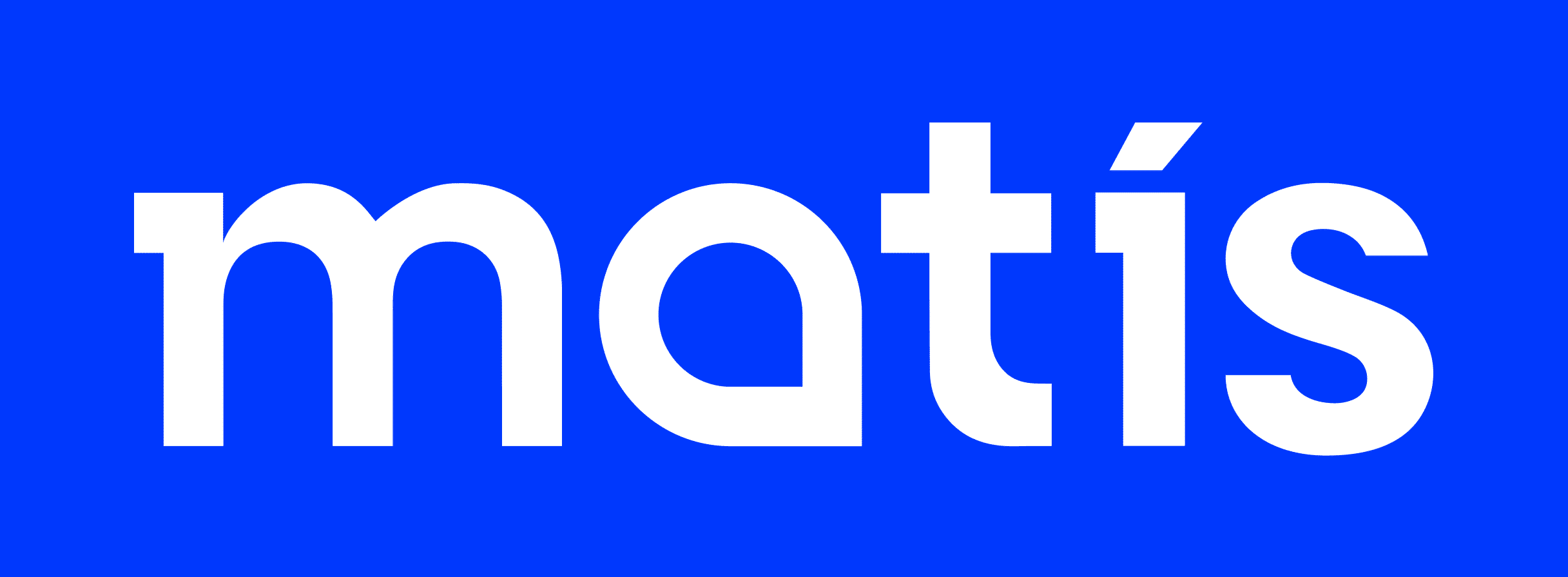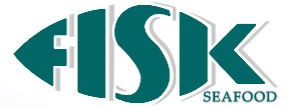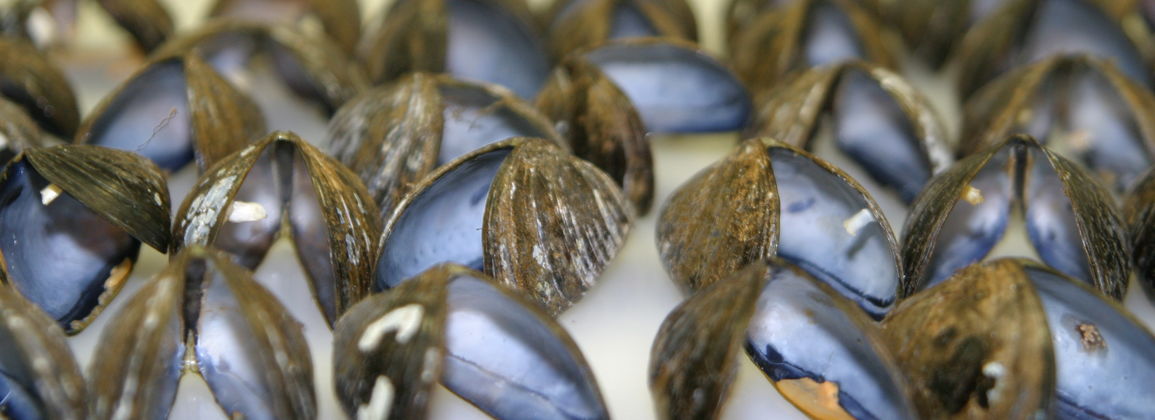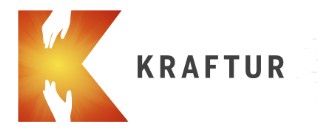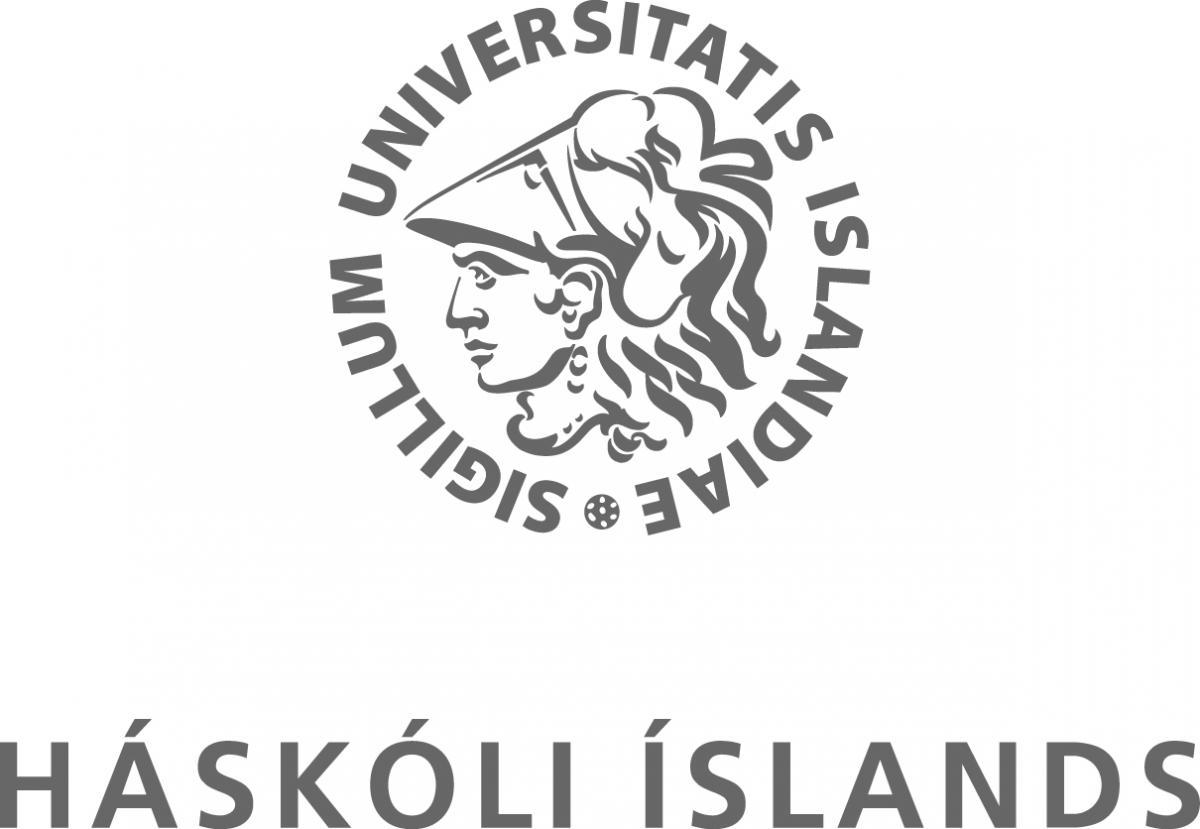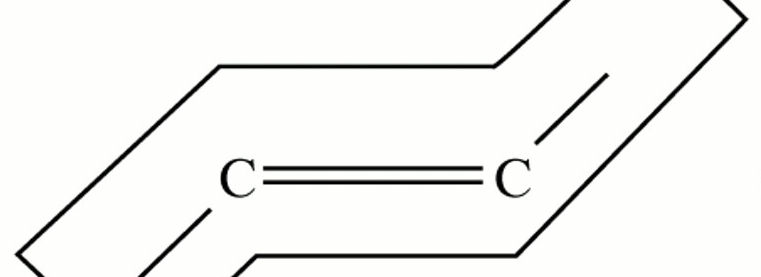In Sauðárkrókur, Matís operates a biotechnology center that opened at the end of 2008. It works in close collaboration with the food companies in Skagafjörður on increased value creation and utilization of by-products.
Líftæknismiðja Matís ohf. is located in Sauðárkrókur. Matís' activities at Líftæknismiðjan are multifaceted. First, Matís has set up a specialized laboratory in the field of biotechnology and biochemicals. Secondly, Matís operates a pilot plant in the processing hall of Líftæknismiðjan, where the company Iceprotein ehf. has built up its operations. Finally, Matís' staff at Líftæknismiðjan works with companies in Skagafjörður and NV-landi on various improvement and optimization projects.
With Líftæknismiðjan, research facilities have been created with associated processing facilities where scientists and pioneers in biotechnology can develop their products and processing processes in collaboration with Matís. The Biotechnology Center's laboratory is working on measuring the bioactive properties of biomaterials from Icelandic nature. The biotechnology center is open to all Icelanders, and individuals and companies can have facilities there for a shorter period of time for product production. The workshop will be a kind of hatchery for new start-up companies in biotechnology and important in shortening the process from idea to market. By choosing the location of Líftæknismiðjan, one looks at the local area, which is Skagafjörður's food pantry.
Targeted development of research facilities is taking place at Líftæknismiðja Matís, which is already a participant in extensive multinational collaboration. The biotechnology center is intended to contribute specialized research facilities, development facilities with production licenses and expertise in future collaborative projects. The processing hall of the Biotechnology Center includes facilities for protein isolation and drying. The biotechnology center is intended to work in close collaboration with food companies in the country.
Matís' station manager in Sauðárkrókur is Arnljótur Bjarki Bergsson, Head of Processing, Value Added and Fire.
